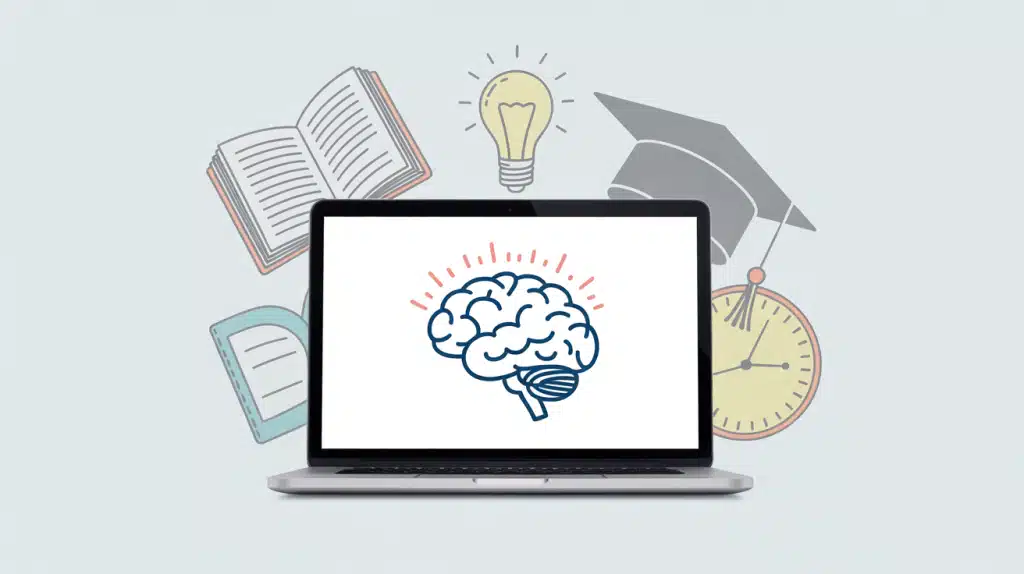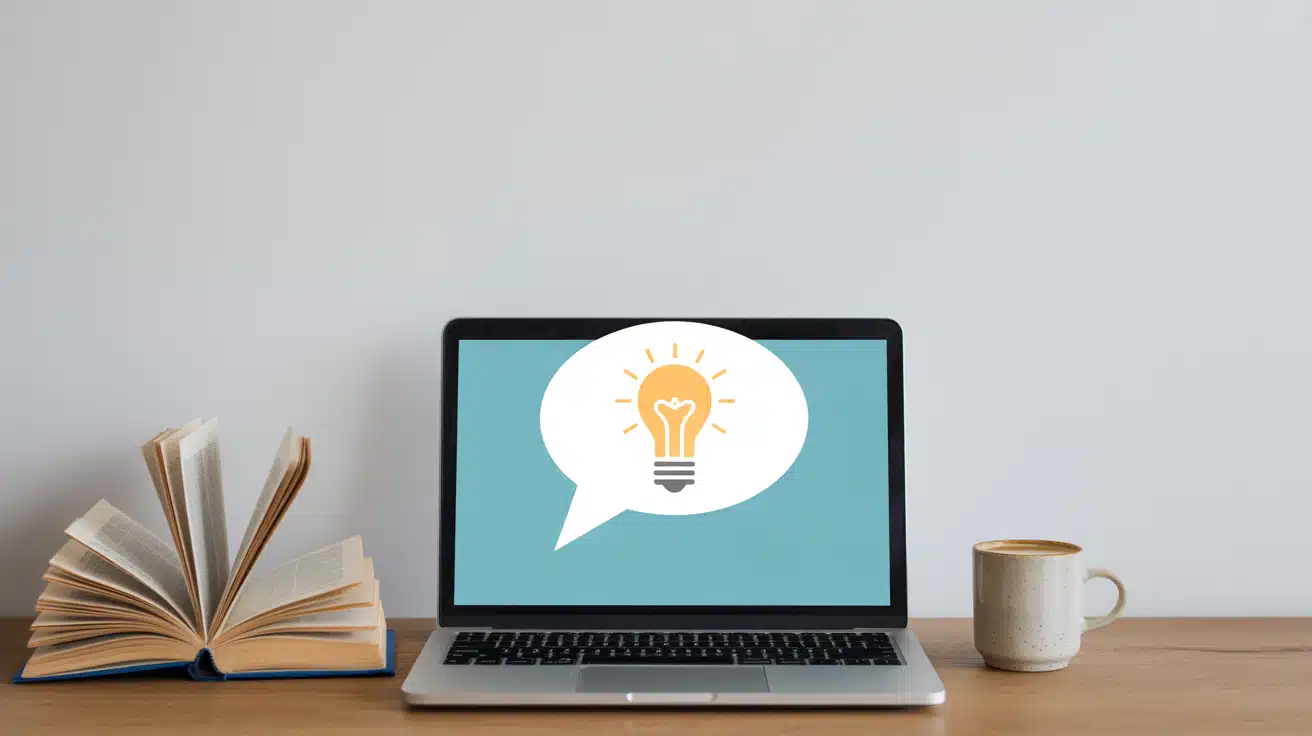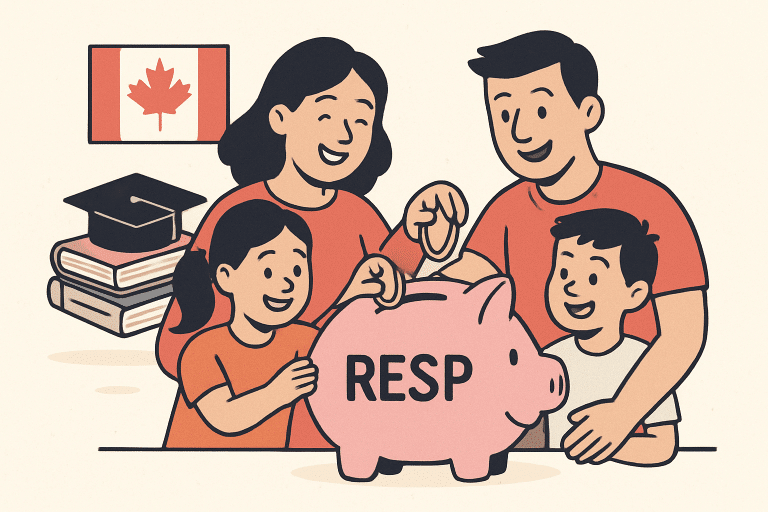Are you curious about how artificial intelligence is changing education? AI tools are now helping students learn more effectively and teachers teach more efficiently.
From smart tutoring systems that adapt to each student’s pace to virtual assistants that provide instant homework help, these technologies are solving real classroom problems.
Traditional teaching methods often leave some students behind, while others get bored.
But what if every student could learn at their own perfect speed? What if teachers had access to smart tools that could identify struggling students early and provide targeted help?
In this blog, I’ll show you how AI in education creates personalized learning experiences, powerful study aids, and innovative classroom tools that benefit everyone involved.
How AI Creates Custom Learning for Each Student
Traditional classrooms teach everyone the same way at the same speed. AI changes this completely. It watches how you learn and creates lessons just for you.
Here’s how AI personalizes learning:
- Tracks your answers – The system sees which questions you get right or wrong
- Finds your weak spots – It notices topics where you need more help
- Adjusts difficulty – Makes questions easier or harder based on your skill level
- Suggests what to study next – Recommends topics that will help you most
- Provides extra practice – Gives more work on subjects you find difficult
Types of AI Study Tools
AI study aids work like having a personal tutor who never gets tired and is always ready to help. These tools explain concepts clearly and help students solve problems step by step.
| AI Tool Type | What It Does | Key Features | Best Used For |
|---|---|---|---|
| AI Homework Helpers | Answer questions, explain concepts | Instant responses, simple explanations, check your work, helpful hints | All subjects, general studying |
| Math Problem Solvers | Solve equations step-by-step | Visual solutions, process explanations, practice problems, and photo recognition | Math, science, engineering |
| Writing Assistants | Improve writing quality | Grammar checking, word suggestions, idea organization, style improvements | Essays, reports, creative writing |
| Study Card Creators | Generate custom flashcards | Auto-create from notes, track memory progress, quiz generation, and spaced repetition | Memorization, exam prep |
How Students Use AI Study Aids
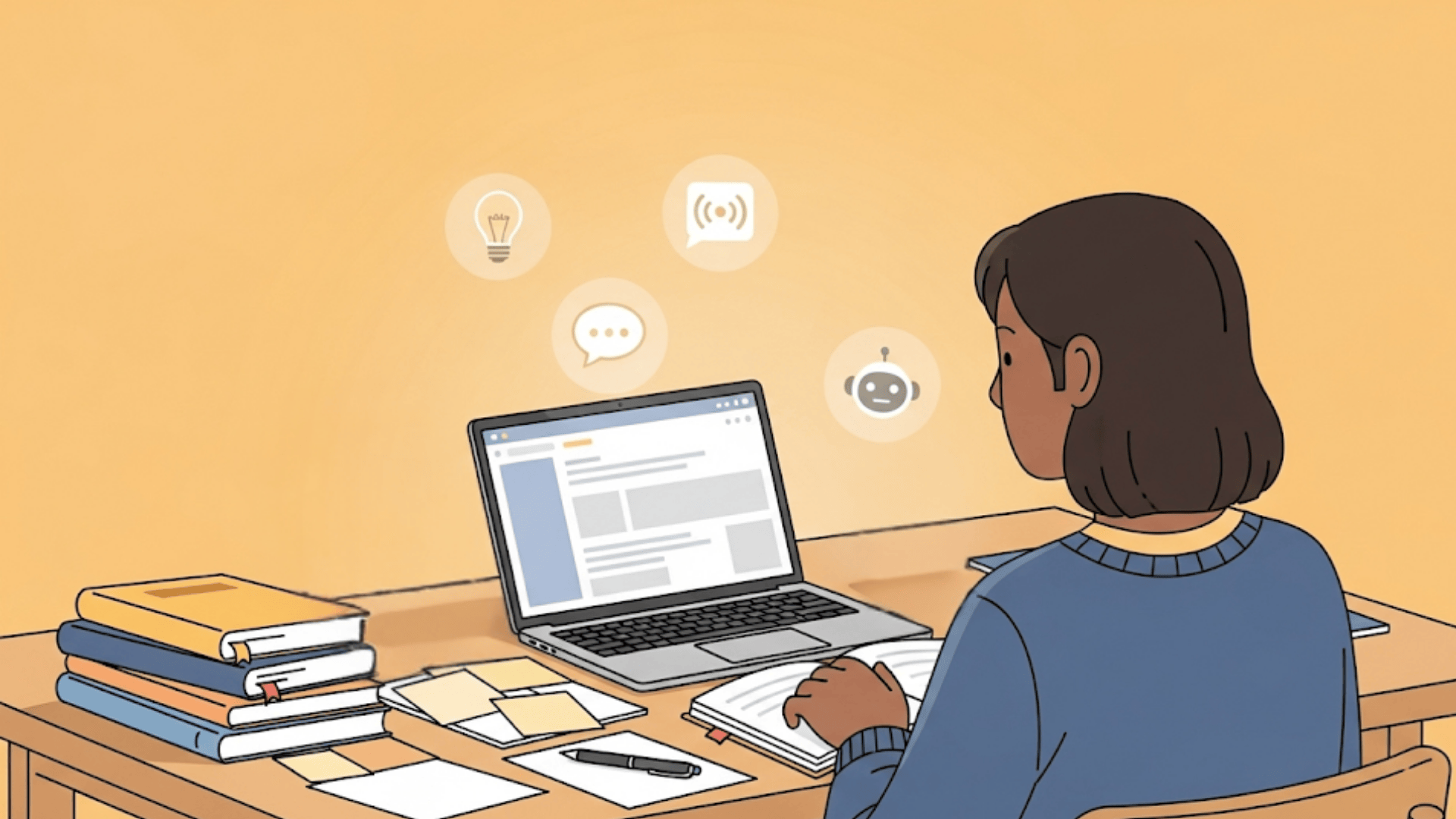
Students integrate AI study tools into their daily learning routine in four key ways:
1. Before Class
Students are now utilizing AI tools to prepare for upcoming lessons. They preview new topics by asking AI tutors to explain basic concepts in simple terms.
Many students also watch AI-created explanation videos that break down complex ideas into easy steps.
This preparation helps them feel more confident when teachers introduce new material in class.
2. During Homework
When students get stuck on difficult problems, AI study aids provide instant help without giving away the complete answer.
These tools guide students through problem-solving steps and explain why certain methods are most effective.
Students can also check their answers before submitting assignments, which helps them learn from mistakes and improve their understanding of the subject.
3. Before Tests
AI tools can serve as study partners that help students prepare for exams more effectively. Students take practice quizzes generated by AI systems that focus on their areas of weakness.
The AI creates custom review sessions based on topics the student finds most challenging. This targeted practice helps students feel more prepared and confident on test day.
4. After Getting Grades
Once students receive their graded assignments back, they use AI to better understand their mistakes.
The AI explains why certain answers were wrong and shows the correct methods for solving similar problems.
Students can then practice additional problems in areas where they struggled, turning poor grades into learning opportunities for future success.
AI Classroom Tools for Teachers
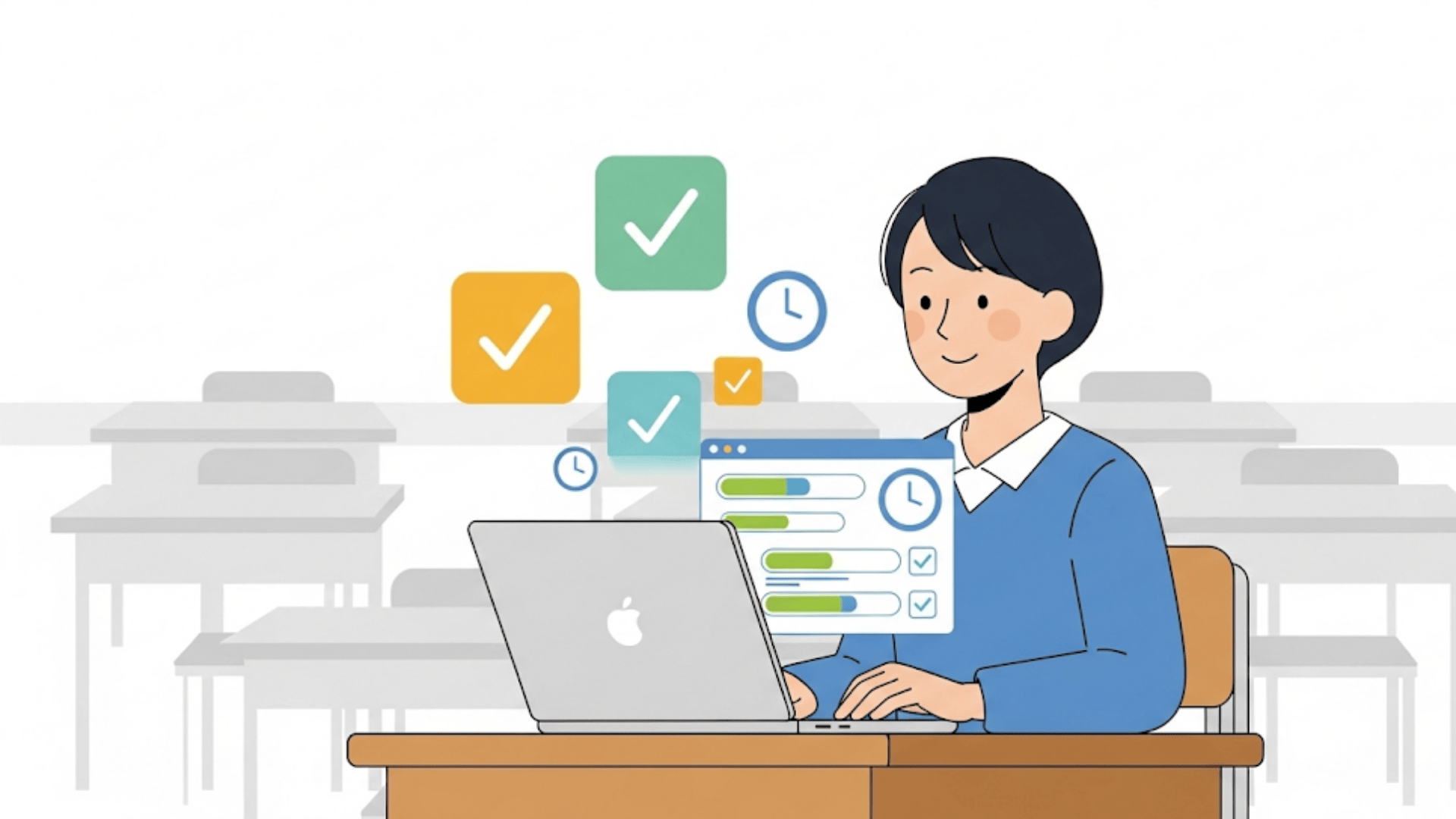
While AI helps students learn better, it also provides teachers with powerful solutions to common classroom challenges:
1. Automated Grading Systems
Teachers spend hours grading papers and tests every week. AI grading systems can handle routine assessment tasks automatically, allowing teachers to focus more on actual teaching and providing personalized support to individual students.
AI works best with objective questions, such as multiple-choice, fill-in-the-blank, basic math problems, and true/false questions.
Teachers still need to grade creative writing, complex essays, art projects, and discussion responses that require human judgment.
2. Student Progress Tracking
AI systems monitor student performance and alert teachers when someone starts falling behind.
These tools analyze patterns in student work and identify who needs extra help before problems become serious.
The systems track assignment completion rates, time spent on topics, and patterns in wrong answers. This helps teachers provide targeted support and adjust their teaching methods to meet the individual needs of each student.
3. Lesson Planning and Content Creation
AI helps teachers create lesson materials much faster than traditional methods. These systems generate practice worksheets, quiz questions, interactive exercises, and visual aids that match curriculum standards.
Teachers can request specific content, and AI creates materials tailored to their students’ grade level.
This allows teachers to offer more variety in lessons without spending hours creating materials from scratch.
4. Time Savings for Teachers
Teachers using AI classroom tools save about 3 hours per week on grading assignments and 1 hour daily on creating lesson materials.
Automated reporting also enables parent communication to be 50% faster. This efficiency enables teachers to devote more energy to actual teaching, mentoring students, and developing creative classroom activities that inspire learning.
Benefits and Challenges of AI in Education
While AI brings exciting opportunities to education, it’s important to understand both the positive impacts and potential obstacles:
Key Benefits
- Personalized Learning: AI tailors lessons to each student’s skill level and learning pace, enabling everyone to succeed at their own pace.
- 24/7 Availability: Students can get help with homework and study questions anytime, day or night, without waiting for the teacher’s office hours.
- Instant Feedback: AI provides immediate responses on assignments and tests, enabling students to learn from mistakes as they occur.
- Time Savings for Teachers: Automated grading and lesson planning allow teachers to focus more on actual teaching and student mentoring.
- Better Student Tracking: AI systems identify struggling students early and alert teachers before small problems become big ones.
Current Challenges
- Technology Access: Not all students have reliable internet connections or the necessary devices to use AI learning tools effectively.
- Privacy Concerns: Parents and schools worry about how student data is collected, stored, and used by AI education companies.
- Over-Dependence Risk: Students might rely too heavily on AI help instead of developing their own problem-solving skills.
- Teacher Training Needs: Many educators require time and support to learn how to effectively utilize new AI tools in their classrooms.
- Cost and Implementation: Schools face expenses for AI software, devices, and technical support that strain limited budgets.
The Future of AI in Education
The future of AI in education appears promising, with exciting new technologies on the horizon.
Virtual reality will enable students to visit ancient Rome for their history class or explore the interior of human cells for their biology lessons.
AI teaching assistants will answer questions instantly, while emotion recognition systems will detect when students feel frustrated and adjust lessons accordingly.
Voice-controlled learning and augmented reality textbooks with 3D models will make studying more interactive.
As these technologies develop, students will need to learn responsible AI use and critical thinking skills.
Meanwhile, teachers should embrace AI as a helpful assistant that handles routine tasks, allowing them to focus on inspiring and mentoring students.
Final Notes
AI in education is changing the way students learn and teachers teach, making education more personalized and effective.
From adaptive learning systems to 24/7 AI tutors, these tools solve real classroom challenges today.
The benefits are clear: students learn more effectively, teachers save time on routine tasks, and schools deliver better education with existing resources.
While challenges such as limited access to technology exist, the potential for positive change is enormous.
AI won’t replace teachers; it helps them focus on what they do best: inspiring and mentoring students. As these technologies continue improving, quality education becomes more accessible to everyone.
What’s your experience with AI learning tools? Have you tried any of these technologies in your studies or teaching?

